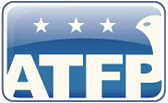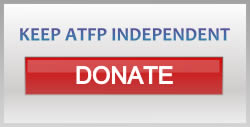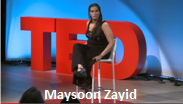In its report to the September 22, 2008 meeting of the Ad Hoc Liaison Committee (AHLC), the World Bank noted that the Palestinian Authority (PA), Israel, and the international donor community made some progress on the three parallel conditions for Palestinian economic revival, albeit to different degrees: the PA had continued in its path of fiscal and security reform; donors had provided substantial amounts of aid, but the uncertainty of flows made it difficult for the PA to plan its finances; and Israel had announced, and in some cases implemented, a series of steps to remove physical obstacles within the West Bank, which would only have an impact insofar as the number and the scope of the restrictions being addressed were scaled up significantly.
This report reviews actions taken in these fields since the September 2008 AHLC meeting. The report notes the dramatic impact of Israel’s recent three-week offensive in Gaza and analyzes the variety of recovery and reconstruction schemes being explored by the donor community. We find that these have not yet led to any significant impact on the ground due to the continued closure imposed on Gaza. The devastation in Gaza, coupled with a fluid political environment in both the PA and Israel, has made it necessary for this report to revisit the fundamentals of donor support to the PA in view of the long-term goal of establishing an economically viable Palestinian state independent of external aid. Examination through this lens reveals a fundamentally flawed picture.
Real GDP growth in 2008 is estimated at about 2 percent, which translates to an almost 1 percent decline in real per capita terms. Recent experience in other countries has shown that economies entering a post-conflict period can expect double-digit rates of growth – at least in the initial years. In some respects, the West Bank economy is better equipped than many post-conflict economies for rapid growth. Among other things, there has been a series of Quick-Impact Projects (QIPs) designed to attract private sector investment and thereby jump-start and catalyze economic activity. The fact that the West Bank economy is dramatically failing to fulfill its potential, even in periods of relative stability in the security situation, only underlines the extent to which economic restrictions are still preventing any real upturn in economic activity.
To download the full report please click below:
| Attachment | Size |
|---|---|
| AHLCJune09Reportfinal.pdf | 585.59 KB |
The World Bank - June 8, 2009 - Back to Resources Page
Did we miss something?
Click here to suggest a state building resource to be added to our fast-growing archive!
















